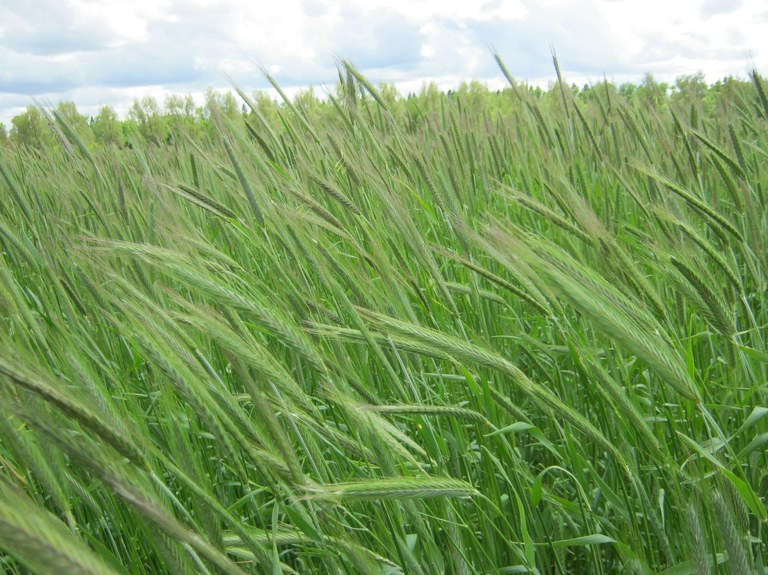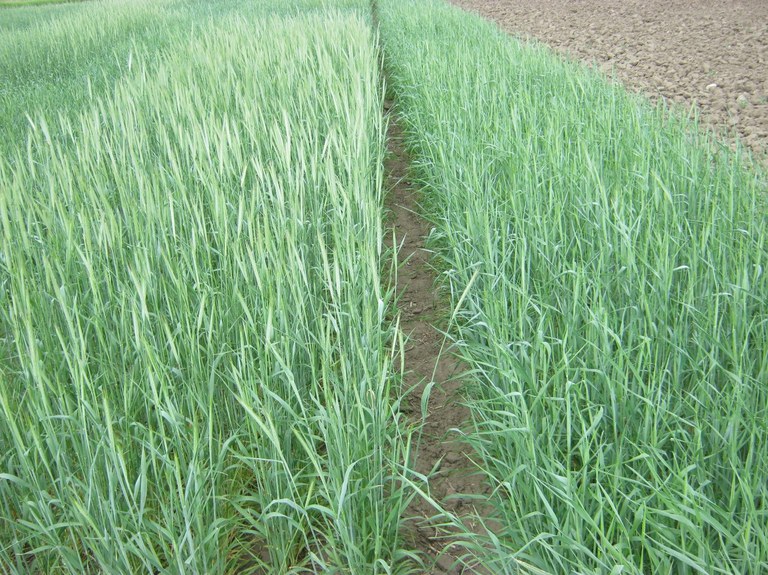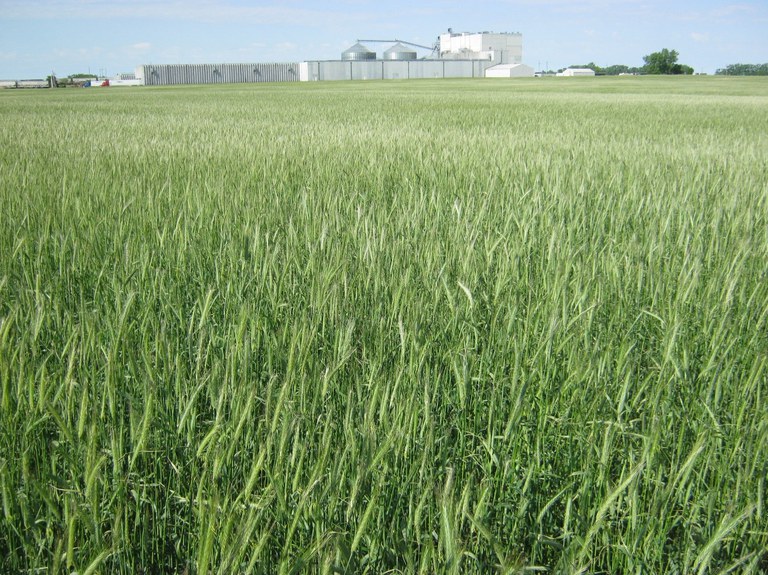ND Gardner Winter Rye a New Release
Cover crop use is increasing rapidly not only in ND, their use is expanding across the country. Winter rye is one of the main species being used as a cover crop across the nation including ND. For Northern climates with shorter growing seasons, an early maturing rye variety is very important for cover cropping. This is especially true for use as a cover crop for soybean and dry bean production where rye is currently used as a cover crop to sow these cash crops into. The benefits of rye for weed and erosion control is greater when more biomass can be produced before the rye is terminated. An early variety is also very important for the roller crimper system that relies on early anthesis for termination. This system is being used by farmers across the Midwest and beyond. Winter rye is also being used a forage crop in ND along with double cropping it with other forage or grain crops. An early maturing rye variety will have many advantages for uses described.
The importance of plant breeding is to develop new lines with improved traits that are desirable for the intended end use. Very little effort has gone in to improving varieties with desirable traits for cover crop use as compared to what has occurred with breeding improvements in cash crops. Releasing a variety with traits desirable for cover crop applications will insure that farmers use good quality seed of known origin to obtain the desired benefits of the cover crop.
 ND Gardner winter rye starting to flower.
ND Gardner winter rye starting to flower.
The CREC agronomy program coordinates the NDSU state winter rye variety testing program along with a diverse research program using rye as a grain, forage and cover crop. The CREC has also been working on variety development focusing on winter hardiness, early season vigor, and biomass production, and early maturity. Results of this work has led to a newly released variety. ND Gardner winter rye was developed and increased at the CREC and released by the North Dakota Agricultural Experiment Station with foundation seed distributed by the ND Crop Improvement and Seed Association for the 2019 fall planting.
ND Gardner is intended to be used mainly for the cover crop/forage market. It is intended to replace Aroostook, a variety developed by USDA in 1981. Aroostook is used extensively for cover crop applications. ND Gardner is also a candidate for forage use and could be a replacement for Wheeler rye, a variety released from the Michigan State University in 1971 for forage and green manure use. ND Gardner is a very early, tall variety with very good winter hardiness and good early season vigor. These attributes make it a good candidate for the rapidly growing cover crop market.
 ND Gardner (left) alongside ND Dylan illustrating maturity differences between varieties.
ND Gardner (left) alongside ND Dylan illustrating maturity differences between varieties.
ND Gardner is named to honor the memory and contributions of Dr. John Gardner, former director at the NDSU Carrington Research Extension Center. John was a visionary leader in many aspects of agriculture, including cover crop research.
 ND Gardner foundation seed field on June 12, 2019.
ND Gardner foundation seed field on June 12, 2019.
Steve Zwinger
Steve.Zwinger@ndsu.edu
Research Specialist/Agronomy


